Tucked away on the southwestern coast of Africa lies a mystical expanse of sand that has stood the test of time. Namib, the oldest desert on the continent, boasts mesmerizing landscapes, diverse wildlife, and a rich cultural heritage. Embarking on a journey through this unique wilderness is an experience like no other, offering a glimpse into the true essence of Africa’s ancient soul.
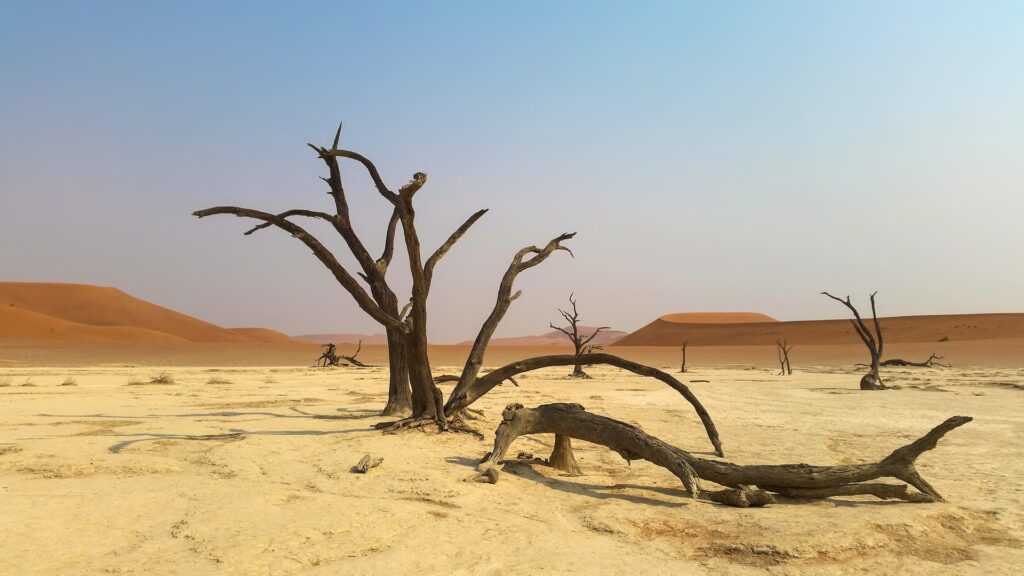
As the scorching sun rises over the horizon, a golden glow washes over the Namibian plains, casting a spell on anyone who dares to venture into its embrace. The vastness of the desert seems endless, the undulating dunes stretching out as far as the eye can see, shifting and changing with the whims of the wind. This otherworldly landscape is a photographer’s playground, with every angle capturing a surreal beauty that is impossible to recreate elsewhere.
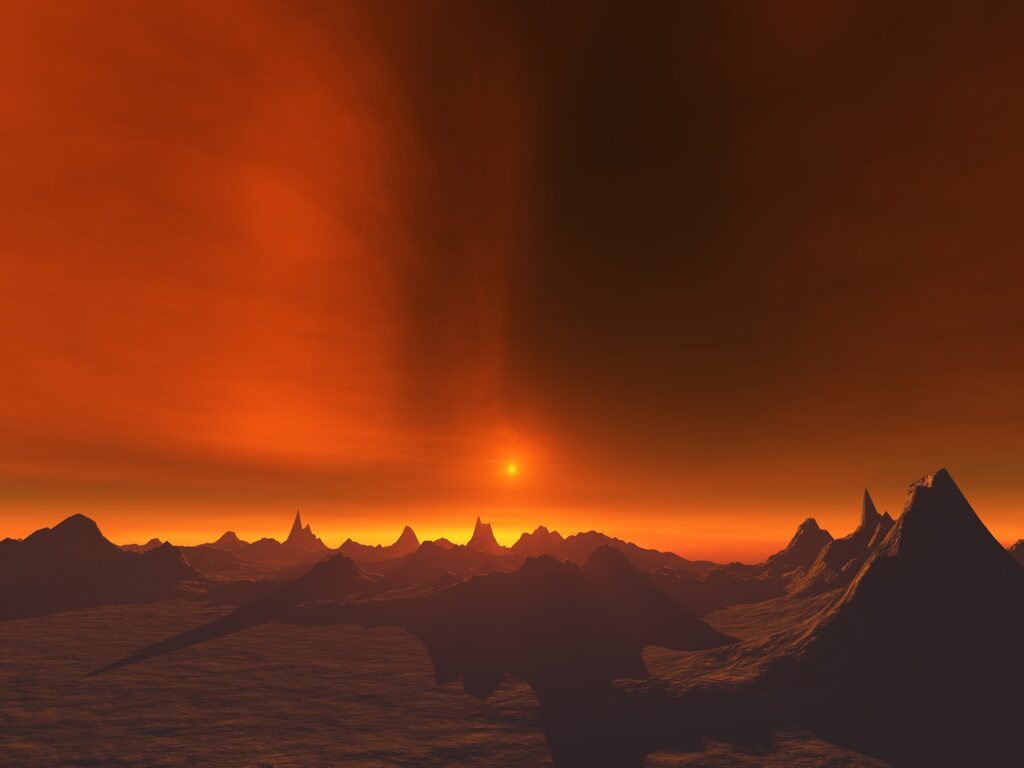
The iconic red dunes of Sossusvlei are the crown jewels of the Namib Desert. Rising up to staggering heights, these majestic formations seem to defy gravity, their rich hues shifting from deep orange to burnt sienna as the sun dances across the sky. Climbing to the summit of these towering dunes, one is rewarded with a panoramic view that stretches beyond the boundaries of imagination. The surreal silence of the desert, broken only by the soft whispers of the wind, lends an ethereal quality to the experience. It’s as if time itself stands still in this hidden corner of the world.
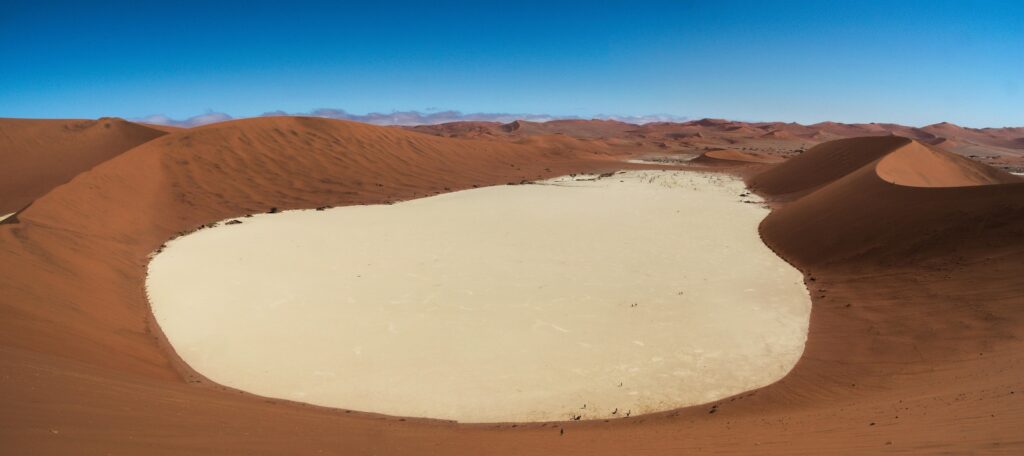
Beyond the captivating landscapes, the Namib Desert harbors a surprising wealth of life. Hardened by the harsh environment, desert-adapted fauna have found ingenious ways to thrive against all odds. The elusive desert elephants, their grey forms gracefully gliding through the arid landscape, leave wanderers in awe of their resilience. These gentle giants have adapted to life in this inhospitable terrain, traversing vast distances in search of water and sustenance. Encountering these majestic creatures is a rare and humbling experience, a window into the resilience of nature.
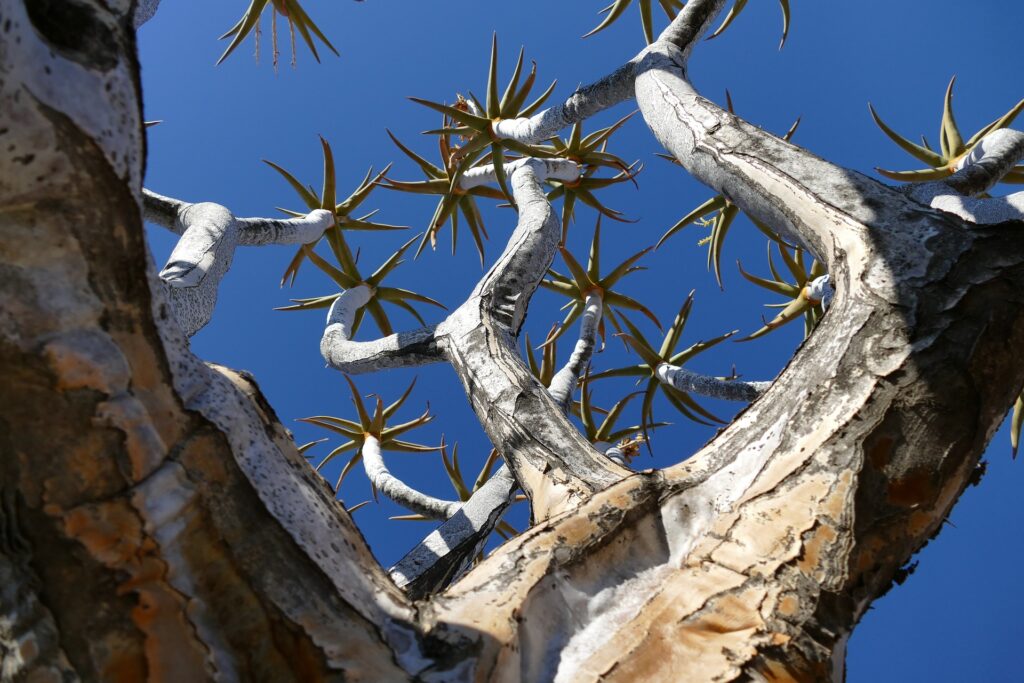
The desert offers a habitat for another creature that is uniquely adapted to life in extreme temperatures – the Namib Desert beetle. Surviving in one of the driest places on Earth, this small insect employs an ingenious water collection system. Its back is covered in countless tiny bumps, each of which captures water droplets from the early morning fog that rolls in from the nearby Atlantic Ocean. This ingenious adaptation allows the beetle to survive in an environment deprived of the most basic element of life – water.
More:Read about on: Endless Sandscape: Crossing the Sahara Dreamscape
No journey through the Namib Desert is complete without exploring the ancient footprint left by the San people, the original inhabitants of this land. These indigenous people, with their deep connection to the natural world, have etched their mark across the desert through delicate rock art that provides a glimpse into their beliefs and traditions. Studying these petroglyphs, one can’t help but feel a profound sense of reverence for those who walked this barren land long before our time.
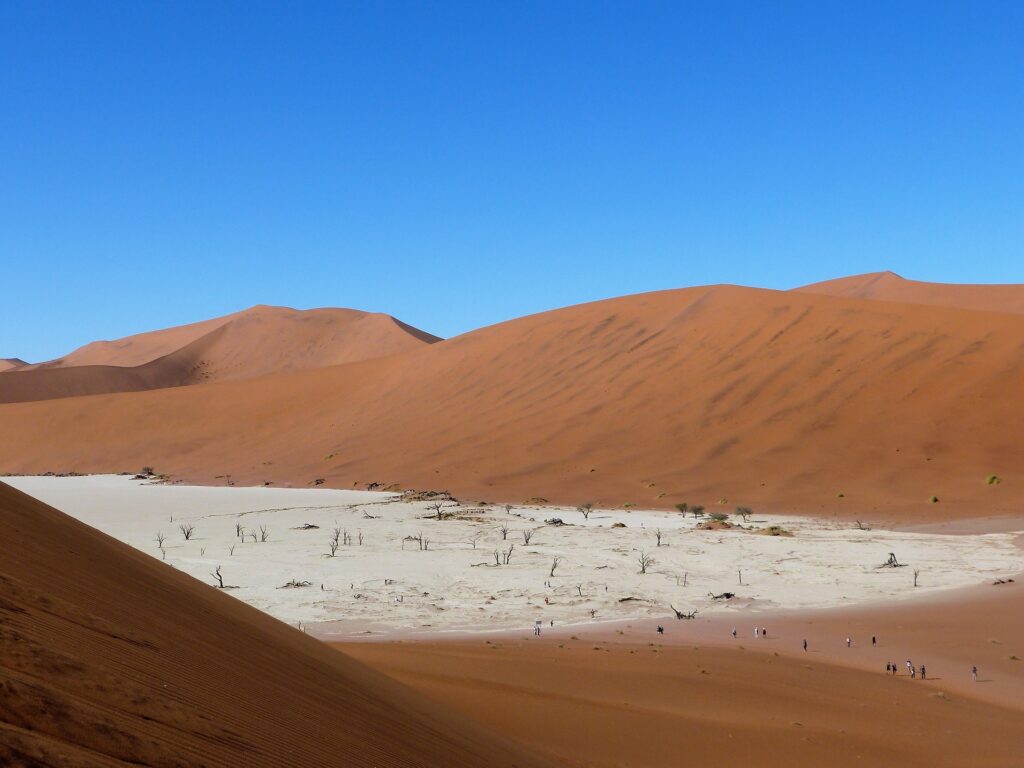
As the shadows grow long and the sun begins its descent, the Namib Desert reveals one of its most powerful spectacles. The shifting sands transform into a fiery canvas of colors, as the dying light bathes the dunes in shades of crimson and gold. This natural spectacle, known as the “Sundowner,” is a moment of breathtaking beauty that showcases the desolate yet enchanting nature of this vast desert.
Must Visit:odishashop.com
Journeying through the Namib, Africa’s oldest desert, is an odyssey through time and space. It is an immersion into the raw power of the natural world, a humbling experience that reminds us of our small place in the grand tapestry of life. As the endless sands stretch out before us, we are reminded that the world is full of wonders, waiting to be discovered and cherished. Namib, with its timeless beauty and ancient spirit, calls out to those seeking adventure, solitude, and a connection to something larger than oneself.
Where is Namib, Africa’s oldest desert, located?
Namib Desert is located along Namibia’s western coastline in southwestern Africa.
What makes Namib Desert unique?
Namib Desert is renowned for its incredible red dunes, stunning landscapes, and rich biodiversity. It is home to fascinating desert-adapted plant and animal species.
Is it safe to visit Namib Desert?
Yes, Namib Desert is generally safe for visitors, but it’s important to take necessary precautions, such as carrying enough water, informing others about your itinerary, and respecting the local wildlife.
When is the best time to visit Namib Desert?
The best time to visit Namib Desert is during the cooler months from May to September when temperatures are more bearable. It’s advisable to check local weather conditions before planning your trip.
What activities can I enjoy in Namib Desert?
Popular activities in Namib Desert include dune hiking, hot air balloon rides, quad biking, scenic drives, wildlife viewing, photography, and stargazing.
Are there any accommodations available in Namib Desert?
Yes, there are various accommodation options available, ranging from luxury lodges to tented camps and eco-friendly accommodations that blend harmoniously with the desert environment.
Can I explore Namib Desert on my own, or do I need a guide?
While it’s possible to explore parts of Namib Desert independently, having a local guide is recommended for a safer and more informative experience, especially when venturing into remote areas.
Are there any restrictions or rules to follow while visiting Namib Desert?
Yes, it’s important to follow the rules and regulations set by the Namibian authorities, such as respecting wildlife, not littering, obtaining necessary permits for certain activities, and staying on designated trails to avoid causing damage to the delicate ecosystem.
What should I pack for a trip to Namib Desert?
Essential items to pack include lightweight and breathable clothing, a wide-brimmed hat, sunscreen, sturdy footwear, a water bottle, insect repellent, a camera, and binoculars for bird and wildlife watching.
Can I witness the famous Sossusvlei and Deadvlei in Namib Desert?
Can I witness the famous Sossusvlei and Deadvlei in Namib Desert?

